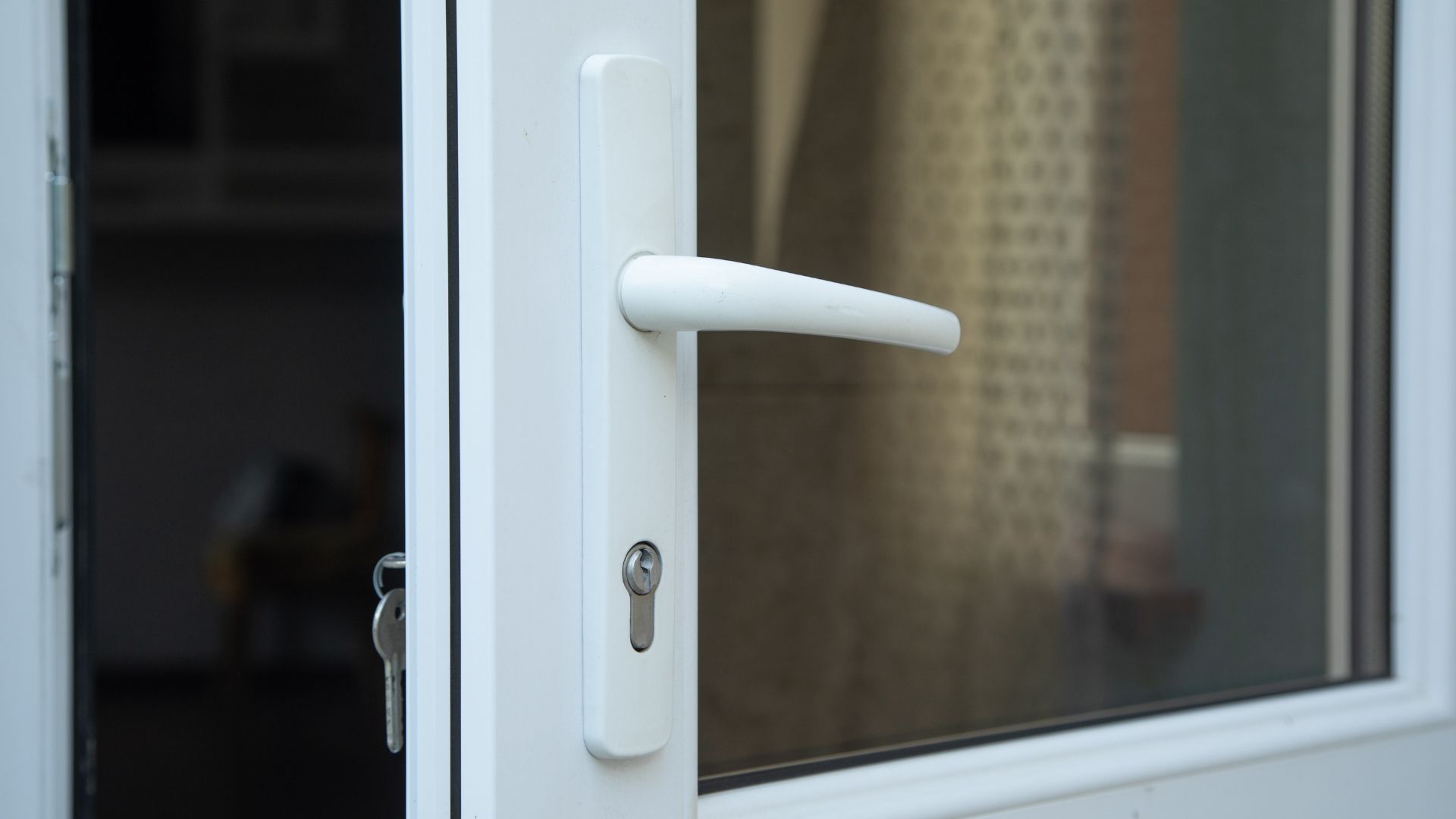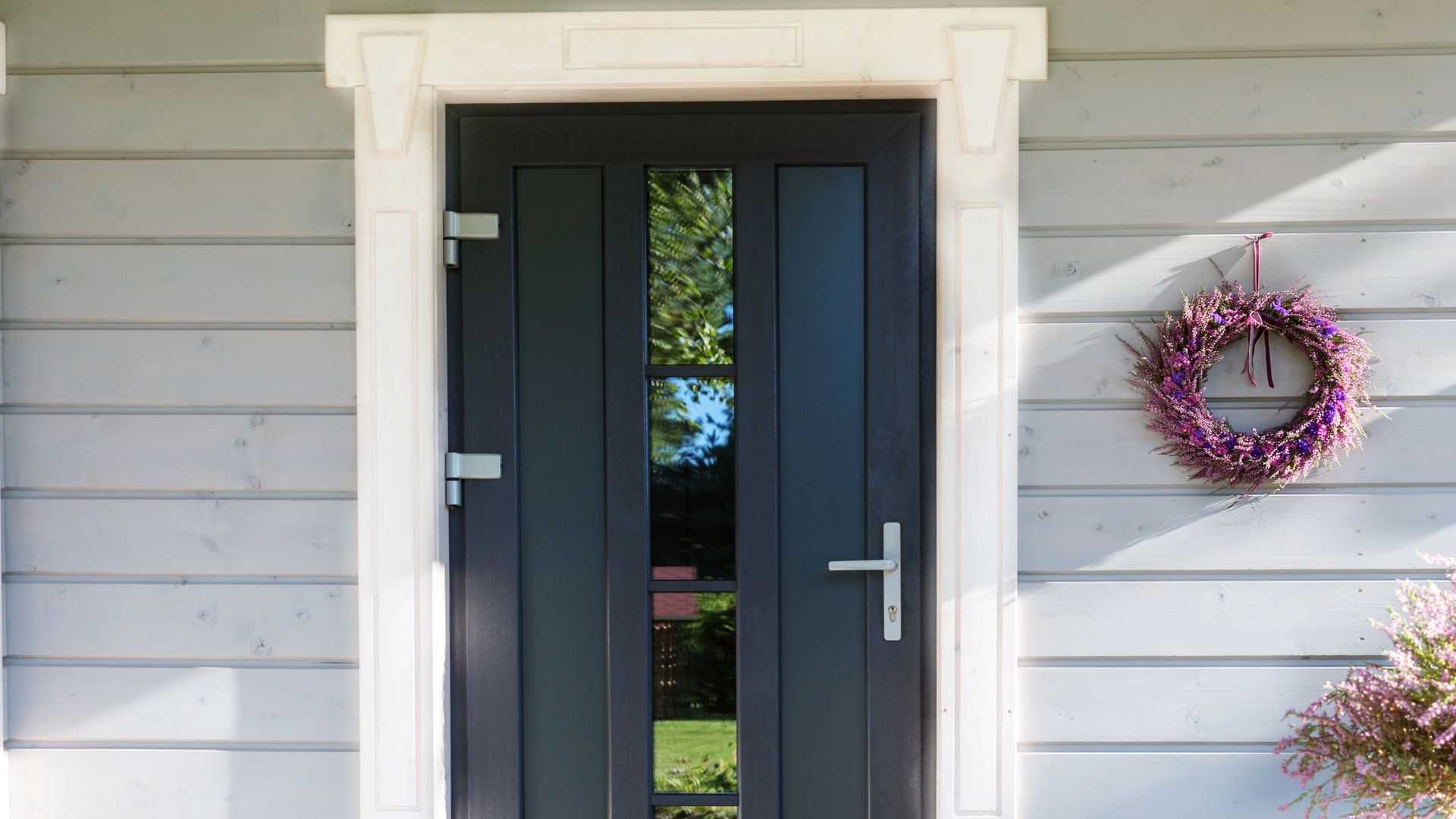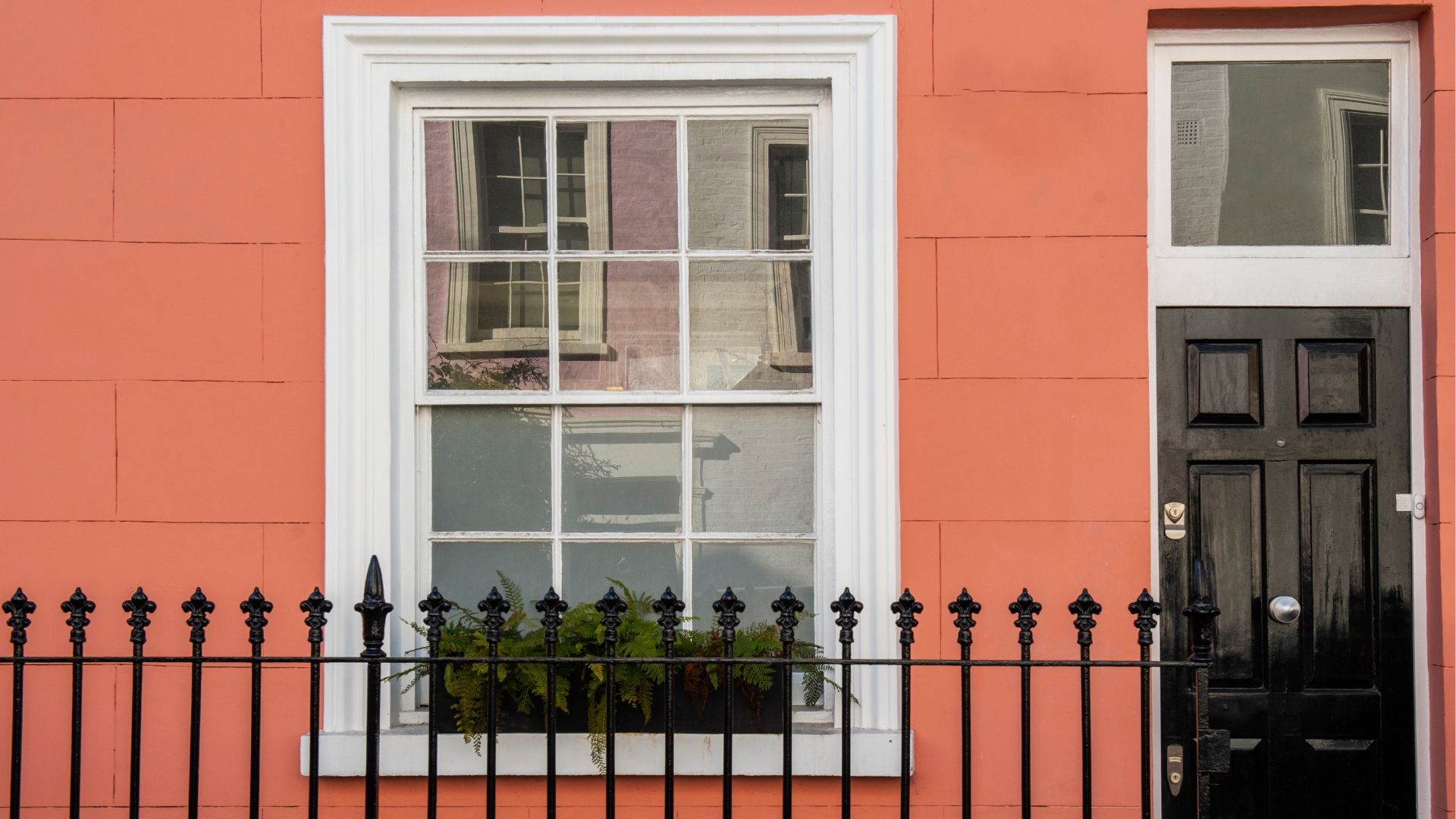Which are the best energy-efficient windows?
Save money and energy with our guide to the most energy-efficient window options for homeowners in 2025.

Everybody wants to know that their home is as energy-efficient as possible. But where should you start?
Our advice: start with your windows. See, old and inefficient windows can lead to significant heat loss –
as much as 30% in some cases.
With well-built, properly installed windows, you can not only lower carbon emissions but also save money on heating and cooling bills. What's more, you'll reduce noise pollution, minimise draughts and improve indoor air quality by reducing condensation.
Put simply, it's a no-brainer.
But with so many options on the market, how do you know which windows are the best for energy efficiency?
It comes down to several factors. The type of glazing used generally has the biggest impact on a window's energy efficiency. However, the framing materials used and the style of the window also play important roles.
To help us assess the energy efficiency of different window components, we'll need to look at their U-values.
U-values in a nutshell
U-value is the standard measure of thermal efficiency for building materials and elements.
U-values are given in watts per square meter per degree Kelvin (W/m²K). That's a bit of a mouthful – but it basically means 'how quickly heat is transferred'. Or, to put it even more simply, the lower the U-value, the more energy-efficient a building element is.
So, let's take a look at the different window options, their U-values and how they might compare in terms of energy efficiency.
Glazing types
Single glazing
Single glazing consists of just one pane of glass – usually between four and six millimetres thick. While it was once the standard in UK homes, single glazing is now mostly found in older or listed properties.
Single glazing typically has a U-value of around 4.8 to 5.8 W/(m²K). This is considerably higher than the new FHS requirements: 1.2 W/m²K or lower for new builds.
While single glazing is generally the cheapest glazing option, it offers poor energy efficiency. It has the highest U-value of all glazing types and loses heat about twice as quickly as standard double glazing.
Double glazing
Double glazing is now the most common glazing type in UK homes. It uses two panes of glass with an air- or gas-filled insulating cavity in between.

Double glazing's U-value generally ranges from 1.2 to 3.0 W/m²K. Even the higher end of these ratings already offers much better energy efficiency than single glazing. However, the type of glass used, the cavity width and the gas used to fill it can all affect your double glazing's U-value.
Specially coated low-E glass panels with an argon-filled cavity offer the best performance. These types of double-glazed windows boast a U-value of around 1.2 to 1.5 W/m²K.
Triple glazing
Triple glazing is fast becoming a popular choice for windows across the UK and Europe thanks to its excellent insulating properties.
Using three panes of glass with two insulating cavities,
triple glazing typically has a U-value ranging from 0.8 to 1.6 W/m²K. However, high-performance triple-glazed windows can achieve ratings of 0.8 W/m²K or lower.
With such a low U-value, you can expect excellent energy efficiency, reduced heating bills and a smaller carbon footprint.
Framing material
Are you looking for optimal energy efficiency? It's important to consider the framing material as well as the glazing type.
Wood
Wooden frames can be a good choice for energy efficiency because wood is a good thermal insulator. When paired with a good-quality glazing option and installed properly, wooden-framed windows can achieve very low U-value ratings.
However, wooden frames are susceptible to water damage and, unlike uPVC, require a bit of maintenance. Regular cleaning, checks for damage and occasional repainting may be required to maintain their natural insulating properties.
Aluminium
While aluminium is a poor thermal insulator, modern
aluminium window frames use thermal break technology. This means the frames include a non-conductive material (such as resin), which increases their insulating properties.
When installed alongside quality glazing, aluminium frames can be a highly energy-efficient option. They're also very durable and long-lasting.
uPVC
The most popular framing material in the UK is
uPVC. Its affordability, low maintenance requirements and excellent thermal performance make it a good all-rounder for windows and doors.
UPVC is a poor conductor of heat, meaning the warmer air inside your home isn't easily transferred through the window. And on hot summer days, they'll help keep warm air out. Double-glazed windows with uPVC frames regularly achieve a U-value as low as 2 W/m²K.
What's more, uPVC frames are crafted to fit snugly against the wall, ensuring a tight seal and preventing draughts or leaks around the window. This further enhances their energy efficiency.

Window designs
While the materials used have the greatest impact on your windows' energy efficiency, the window design can also play a role.
Sash vs casement windows
Sash windows rose to fame during the Georgian and Victorian eras. Today, as then, they're loved for their elegant design and excellent ventilation.
However,
casement windows are now the most popular choice for windows in the UK – especially in new builds. That's because they offer versatility, ease of operation and enhanced security. Sash windows, however, remain a close runner-up.
Sash windows
While older sash windows were typically single-glazed and could be draughty, new technology and manufacturing techniques have changed all that. Modern sash windows can be both beautiful and well-insulated.
An old single-glazed sash window may have a U-value of around 5.8 W/m²K. However, a new double- or triple-glazed sash can achieve a U-value of 1.2 W/m²K or lower.
Casement windows
Modern casement windows use a compression seal that can create a more airtight seal than a traditional sliding sash. When paired with top-quality glazing, a casement window's U-value can reach 1 W/m²K or lower.
Thanks to their simple opening and locking mechanisms, casement windows are also very wear-resistant. They can keep your home insulated for many years with minimal upkeep.
Casement windows generally offer slightly better energy efficiency than sash windows. However, the difference can be minimal – as long as they're crafted and installed by reputable companies.
The takeaway
If you're looking for the most energy-efficient windows – with the lowest U-value and best insulating qualities –
triple glazing is the way to go.
When combined with high-quality frames and a skilled installation, triple glazing could deliver a U-value as low as 0.8 W/m²K – or even lower. For you, this means saving money on your energy bills and reducing your home's carbon footprint all at once.
Are you looking for
triple-glazed uPVC windows in Yorkshire? Here at Calder Windows, we have a very special offer for you. If you purchase double-glazed windows through us today, we'll upgrade you to our high-performance triple glazing for FREE.
Get A++ energy-rated windows with 40% more thermal efficiency than double glazing at no extra cost.
Request a free quote online or call us on (01924) 897 040.
Get a FREE quote
Are you on the lookout for uPVC window fitters in Wakefield or West Yorkshire? With over 30 years' experience and an extensive range of uPVC windows, we can help. Request a quote today or apply for finance and spread the cost.










